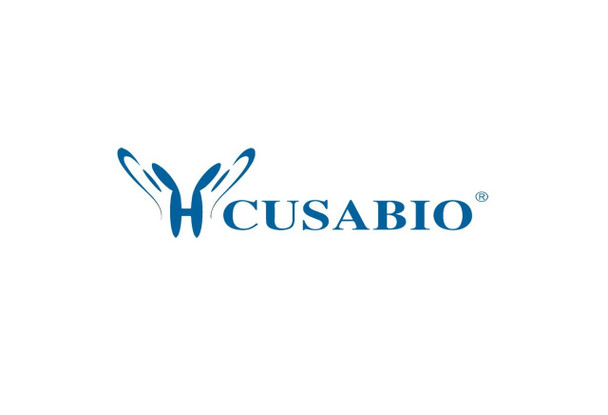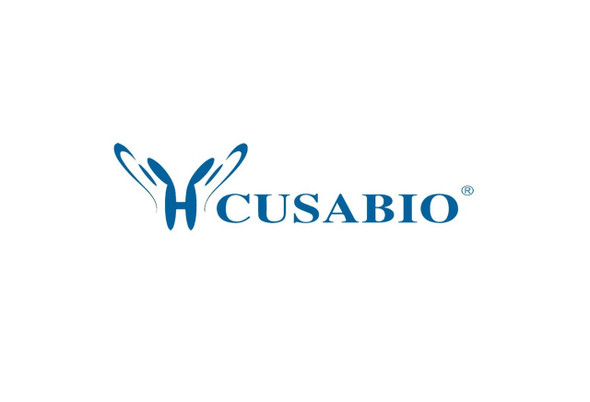Cusabio Vesicular stomatitis Indiana virus Recombinants
Recombinant Vesicular stomatitis Indiana virus Matrix protein (M) | CSB-EP806800VBF
- SKU:
- CSB-EP806800VBF
- Availability:
- 3 - 7 Working Days
Description
Recombinant Vesicular stomatitis Indiana virus Matrix protein (M) | CSB-EP806800VBF | Cusabio
Alternative Name(s): M; Matrix protein
Gene Names: M
Research Areas: Signal Transduction
Organism: Vesicular stomatitis Indiana virus (strain 98COE North America) (VSIV)
AA Sequence: MSSLKKILGLKGKGKKSKKLGIAPPPYEEDTSMEYAPSAPIDKSYFGVDEMDTHDPNQLRYEKFFFTVKLTVRSNRPFRTYSDVAAAVSHWDHMYIGMAGKRPFYKILAFLGSSNLKATPAVLADQGQPEYHAHCEGRAYLPHRMGKTPPMLNVPEHFRRPFNIGLYKGTIELTMTIYDDESLEAAPMIWDHFNSSKFSDFREKALMFGLIVEKKASGAWILDSVSHFK
Source: E.coli
Tag Info: N-terminal 10xHis-tagged and C-terminal Myc-tagged
Expression Region: 1-229aa
Sequence Info: Full Length
MW: 33.5 kDa
Purity: Greater than 85% as determined by SDS-PAGE.
Relevance: Plays a major role in assembly and budding of virion. Condensates the ribonucleocapsid core during virus assembly. Shut off cellular transcription by inhibiting mRNA nuclear export through direct interaction with host RAE1-NUP98 complex. This shutoff presumably inhibits interferon signaling and thus establishment of antiviral state in virus infected cells. Induces cell-rounding, cytoskeleton disorganization and apoptosis in infected cell.
Reference: "Full-length genome analysis of natural isolates of vesicular stomatitis virus (Indiana 1 serotype) from North, Central and South America." Rodriguez L.L., Pauszek S.J., Bunch T.A., Schumann K.R. J. Gen. Virol. 83:2475-2483(2002)
Storage: The shelf life is related to many factors, storage state, buffer ingredients, storage temperature and the stability of the protein itself. Generally, the shelf life of liquid form is 6 months at -20?/-80?. The shelf life of lyophilized form is 12 months at -20?/-80?.
Notes: Repeated freezing and thawing is not recommended. Store working aliquots at 4? for up to one week.
Function: Plays a major role in assembly and budding of virion. Condensates the ribonucleocapsid core during virus assembly. Shut off cellular transcription by inhibiting mRNA nuclear export through direct interaction with host RAE1-NUP98 complex. This shutoff presumably inhibits interferon signaling and thus establishment of antiviral state in virus infected cells. Induces cell-rounding, cytoskeleton disorganization and apoptosis in infected cell (By similarity).
Involvement in disease:
Subcellular Location: Virion membrane, Peripheral membrane protein, Host endomembrane system, Peripheral membrane protein, Host nucleus membrane, Peripheral membrane protein
Protein Families: Vesiculoviruses matrix protein family
Tissue Specificity:
Paythway:
Form: Liquid or Lyophilized powder
Buffer: If the delivery form is liquid, the default storage buffer is Tris/PBS-based buffer, 5%-50% glycerol. If the delivery form is lyophilized powder, the buffer before lyophilization is Tris/PBS-based buffer, 6% Trehalose, pH 8.0.
Reconstitution: We recommend that this vial be briefly centrifuged prior to opening to bring the contents to the bottom. Please reconstitute protein in deionized sterile water to a concentration of 0.1-1.0 mg/mL.We recommend to add 5-50% of glycerol (final concentration) and aliquot for long-term storage at -20?/-80?. Our default final concentration of glycerol is 50%. Customers could use it as reference.
Uniprot ID: Q8B0I2
HGNC Database Link: N/A
UniGene Database Link: N/A
KEGG Database Link: N/A
STRING Database Link: N/A
OMIM Database Link: N/A









